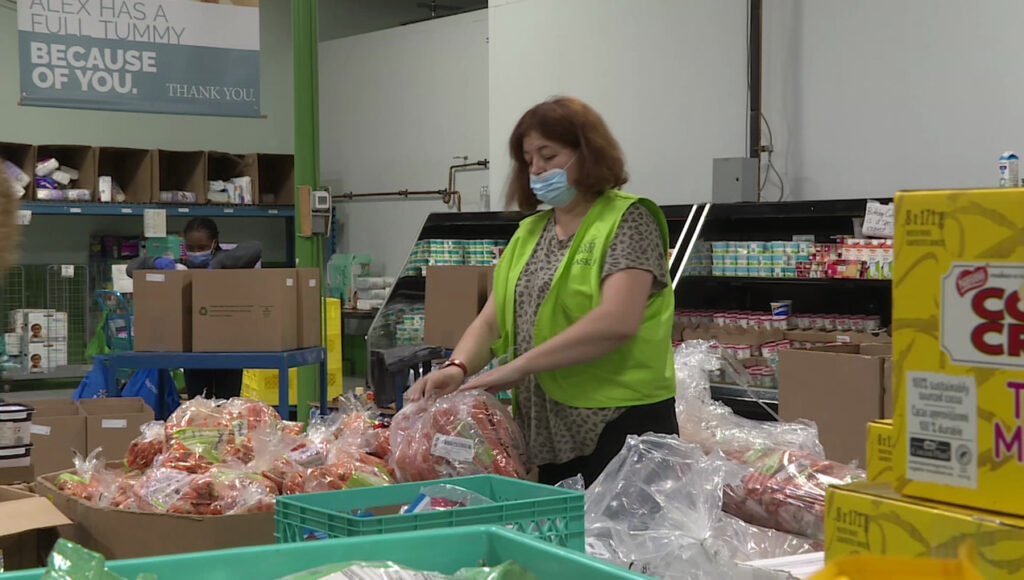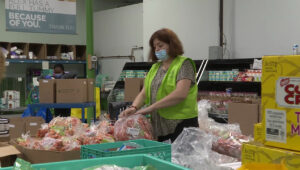
One group cannot address hunger on its own because it is a complicated problem. Families facing food insecurity often need more than a bag of groceries—they need access to resources, support networks, and long-term solutions. That is why food banks increasingly rely on partnerships with community organizations, businesses, and individuals. By working together, these groups create stronger safety nets and address the root causes of hunger. Food banks near me are no longer just providers of food; they are hubs of collaboration, driving meaningful change through community partnerships.
Why Partnerships Matter?
Hunger is rarely an isolated problem. It is often tied to unemployment, lack of affordable housing, healthcare costs, and education barriers. A food bank may provide immediate relief, but long-term solutions require coordinated efforts. Partnerships allow food banks to extend their impact by connecting families to other critical services while also strengthening community resilience.
When businesses, nonprofits, schools, healthcare providers, and volunteers unite around a common goal, the result is a network that tackles both hunger and its underlying causes.
Collaborations With Local Businesses
Local companies are crucial to the operation of food banks. Grocery stores and farmers supply surplus goods, reducing waste while ensuring families have access to fresh produce, dairy, and proteins. Restaurants may contribute prepared meals or host fundraising events. Manufacturers often donate packaged goods or sponsor transportation costs.
Beyond donations, businesses bring expertise. Logistics companies, for example, may offer transport solutions, while tech firms create digital tools to help food banks manage inventory more efficiently. These collaborations demonstrate how businesses can use their resources to fight hunger in innovative ways.
Partnerships With Schools
Schools are critical partners in reaching children, one of the groups most vulnerable to hunger. Food banks collaborate with schools to provide weekend backpack programs, ensuring students have meals outside of school hours. Some schools host on-site pantries for families, reducing barriers to access.
These partnerships also go beyond food. Educational programs about nutrition, meal preparation, and food sustainability are often integrated, helping children develop lifelong healthy habits. By working with schools, food banks support not just immediate needs but also long-term well-being.
Connecting With Healthcare Providers
The link between hunger and health is undeniable. Food insecurity increases the risk of chronic illnesses, while poor nutrition can worsen existing conditions. Recognizing this, many food banks now partner with healthcare providers.
Hospitals and clinics may screen patients for food insecurity and refer them directly to food banks. In some cases, doctors even provide “food prescriptions,” where patients can access fresh produce at no cost. These partnerships bridge the gap between health and nutrition, showing that addressing hunger is an essential part of preventive care.
Religion And Charitable Institutions
Faith-based groups and nonprofits have long been allies of food banks. Churches, mosques, and community centers often serve as distribution sites, expanding food banks reach into neighborhoods. Nonprofit organizations focused on housing, employment, or addiction recovery frequently collaborate with food banks to provide wraparound services.
Together, these organizations create holistic support systems. A family visiting a food distribution site might also find help with rent assistance, job training, or childcare, breaking the cycle of hardship in multiple areas at once.
Volunteers And Community Members
Partnerships aren’t limited to large institutions. Individual community members are the heartbeat of food banks, donating their time, money, and skills. Volunteers sort food, staff pantries, and deliver meals, while community advocates raise awareness about hunger and encourage others to get involved. These contributions, though smaller in scale, collectively create a massive impact.
Building Toward Long-Term Solutions
Perhaps the most powerful aspect of partnerships is their ability to create lasting change. Food banks that collaborate closely with neighborhood organizations are able to spot service gaps and push for national and local policy reforms. By pooling resources, they address not just hunger but also its root causes—poverty, inequality, and lack of access to opportunity.
This collaborative approach shifts the role of food banks from emergency responders to long-term problem solvers. Partnerships enable them to influence systems and create communities where fewer families face food insecurity in the first place.
Conclusion
Ending hunger requires more than food donations; it requires collaboration, innovation, and shared responsibility. Food banks and their community partners are proving that when businesses, schools, healthcare providers, nonprofits, and individuals come together, they create powerful networks of support. These partnerships don’t just fill plates—they build stronger, healthier, and more resilient communities. By working hand in hand, food banks and their allies are moving closer to a future where hunger is not a daily reality but a challenge of the past.





